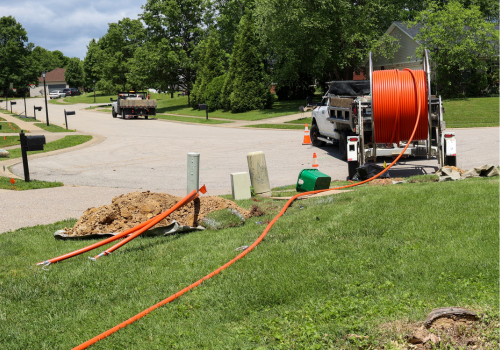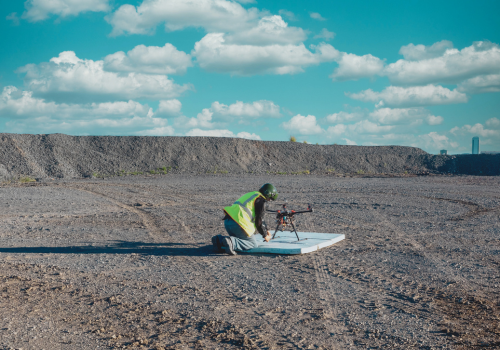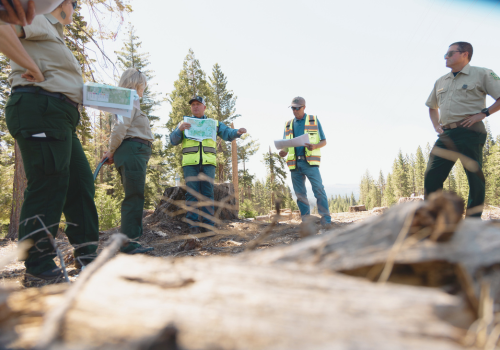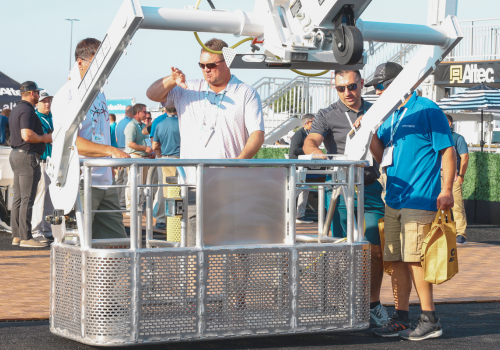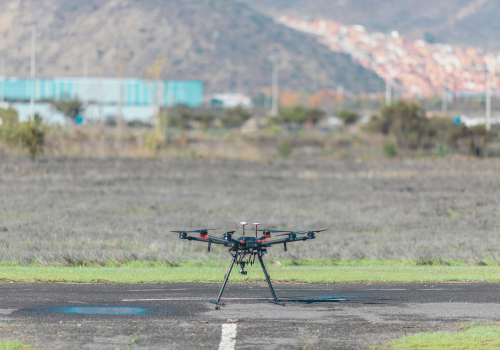Pipelines transport a lot of essential materials, such as water and oil. For decades, the quality of laid pipe remained an unknown. Underground infrastructure has suffered from out of sight, out of mind.
When there is a pothole in a road, everyone who uses that road, notices it. However, when a pipe is damaged, it can go unnoticed, allowing infiltration of ground water into the pipe and loss of material being transported through the pipe.
Underground infrastructure needs to be monitored, just as above ground infrastructure needs to be monitored. Regular inspection of underground infrastructure allows the infrastructure owner or service provider to identify small damages and developing issues before they become big problems. When damaged goes unaddressed, oftentimes the damage gets worse until an entire section of it needs to be excavated and replaced, which is very costly.
Pipeline Inspection Tools
Pipeline inspection companies have five tools at their disposal for inspecting pipes.
1. Smoke tests
Heralded as a very efficient and cost-effective method for locating holes in a pipe, a non-toxic "smoke" is pumped through the pipe. The smoke escapes through the holes in the pipe and up through the ground. Anywhere there is a concentration of smoke, there is a hole in the pipe.
2. Dye tests
Dye tests are used to test area drains, downspouts, driveway drains, etc. by introducing a non-toxic, non-staining, soluble dye into these systems. The dye will go anywhere the water goes. If the water leaks out of the drain or spout, you will see colored water, and you will know from where the water is escaping.
3. Pole cameras
A pole camera is a camera attached to a pole. The camera side is inserted into the pipe and controlled manually. A screen on the opposite end of the pole allows the operator to see inside the pipe as they’re poking around in there.
4. Sonar inspection
This is a great solution for inspecting pipes filled with a murky substance because sonar doesn’t require light or a clear view. A small tracked or wheeled robot is placed into a pipe and operated via remote control. It constantly sends out signals, which bounces off the pipe walls and is read by the robot. This data is transformed into color-coded images, which professionals interpret to determine damages and inconsistencies in the pipe.
5. CCTV inspection
Closed circuit television (CCTV) is the latest and best development in pipe inspection. It is similar to both sonar inspections and pole cameras. Like sonar, a robot on tracks or wheels, is inserted into the pipe and operated via remote control. The difference between CCTV and sonar is the use of a camera when performing a CCTV inspection. CCTV transmits video, similar to a security camera, to a screen (mobile device or inside the company’s service truck).
CCTV can be used in conjunction with sonar for a more detailed picture. Also, both data sets can be used to verify the data of the other technology.
Sophisticated pipeline inspection technology
Camera inspection technology manufacturer, Envirosight, manufactures the remote control Rovver X pipeline inspection systems for inspecting pipes from six to 72 inches.
Each system looks similar to a long, narrow, cab-less remote-control car with four, six, eight or more wheels and an adjustable camera at the front.
These units are quickly and easily reconfigurable. Different wheel types and sizes can be exchanged on the unit without the use of tools. Smaller wheels allow for easier mobility in smaller pipes. Grooved wheels aid in overcoming obstacles. To further boost maneuverability, the units can pivot in place for zero-degree turning.
The unit is tethered to a 1000-foot lightweight wire that is easy to pull along and re-terminate. Cable tension control prevents tangles and increases range. Its Kevlar composition gives it a 1000-pound break strength, and a tough jacket increases abrasion resistance.
Users can control multiple camera and crawler functions at once via the standard single-channel remote control. Using the intuitive touchscreen interface, users can remotely adjust camera height, which has a seven-inch range. Then, users can view live and recorded video directly on the controller.
Digital videos and images can be exported using either a USB, a network port or Wi-Fi. Users can log observations on the touchscreens and even overlay text on video. Users can also generate reports for clients.
Join thousands of industry peers who receive utility construction industry news and trends each week. Subscribe to The Utility Expo Newsletter.


